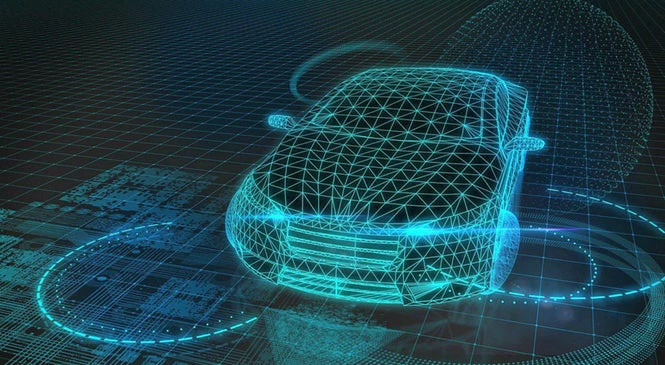
The focus is still on car-centric development
The race towards incredibly sophisticated and fully automated cars is well underway: companies like Google, Uber, Delphi Automotive, Bosche, Tesla, Nissan Mercedes-Benz, and Audi have already begun testing self-driving cars in real conditions. Even those who express concern about the safety and reliability of autonomous vehicles still agree that this innovative technology is the way of the future.
But where is the true disruption? Whether you’re looking at driverless cars, electric vehicles, or car-sharing, all these breakthroughs tend to reinforce a car-centric ecosystem that came out of the industrial revolution over a hundred years ago.
And even though we are well aware that motorization comes with a number of adverse consequences—congestion, air and noise pollution, climate impact—new technologies risk making car use even more dominant. In fact, preliminary research has shown that technology-enabled mobility services like car-sharing is already taking riders away from buses, trains, taxis, and bicycles.
To transition to sustainable mobility—mobility that is equitable, efficient, safe, and green—we need to think outside the current ecosystem, and explore ways of leveraging technological progress to build a new kind of transport paradigm.
Concerns about security and privacy are mounting
One of the corollaries of the digital revolution is the exponential proliferation of data. Collecting and mining Big Data can support operations and decision-making across sectors, with transport set to become one of the main beneficiaries.
The transport sector can leverage data from a variety of sources such as mobile devices or connected objects (the Internet of Things), but can also capitalize on the huge amounts of data produced by transport systems themselves: as an example, it is expected that each autonomous car will soon generate some 4,000 Gigabytes of data for each hour of driving, equivalent to the daily data usage of about 3,000 people.
This staggering wealth of information has the potential to improve many aspects of transport:
- Intelligent Transport Systems analyze and visualize real-time data to inform operations and traffic management.
- Safety can be greatly enhanced by the processing of real-time data on vehicle operation and on the surrounding environment.
- In urban planning, transport data provides cities with an abundance of new insights, especially when combined with high-resolution geographic data.
These transformations, however, do not come without challenges. As transport and other sectors develop new solutions for creating, sharing, and mining data, we must anticipate and preempt any potential risks, especially with regard to privacy and cybersecurity.
At the individual level, the location technologies that have been deployed in mobile phones for years are increasingly being built into vehicles, enabling precise and continuous tracking. But tracking and co-locating people with other people and places reveals daily patterns of activity and relationships that serve as powerful “quasi-identifiers”. In that context, it is essential that rules governing the collection and use of personal data be updated to protect individuals’ privacy.
At a national and global level, new technologies have allowed greater efficiency and integration across transport networks, but they have also increased their vulnerability. Last year, for instance, a cyberattack against the world’s largest shipping company led to delays and disruptions at major container ports around the world, from New York to Mumbai and Rotterdam. More generally, the direct costs from cybersecurity breaches will reach an estimated $6.8 billion by 2020.
The benefits are unequally distributed
Let’s take a closer look at new technologies and how they relate to the four dimensions of sustainable mobility mentioned above: safety, low environmental impact, efficiency, and equitable access. It seems like the latest innovations have largely concentrated on making transport more efficient—improving traffic flows, promoting better network integration, streamlining the core operations of transport companies—and, to a certain extent, on enhancing safety and reducing CO2 emissions. Unfortunately, we have yet to see technology contribute to universal access. As exciting as they might be, new transport technologies have, for the most part, benefited a specific demographic: urban, young, tech-savvy, and pretty wealthy. There is clearly a need to change the trajectory here, and to create innovative mobility solutions that leave no one behind.
I have no doubt that technology will shape the future of mobility: transport systems will be connected, data-driven, and highly automated. But as Elon Musk stated, “we need to be smart about the downside of innovation”. Technology gives us power; we have a global responsibility to ensure that it serves a future in which mobility is truly sustainable.


Join the Conversation